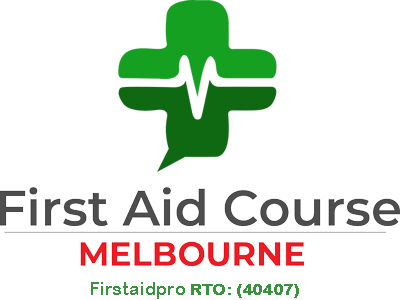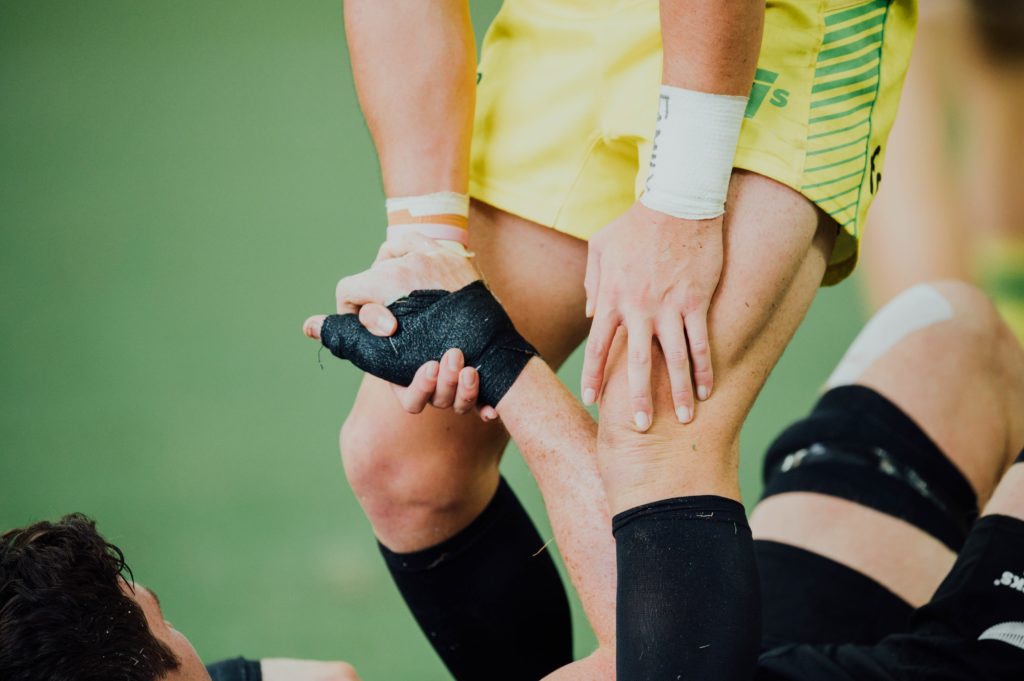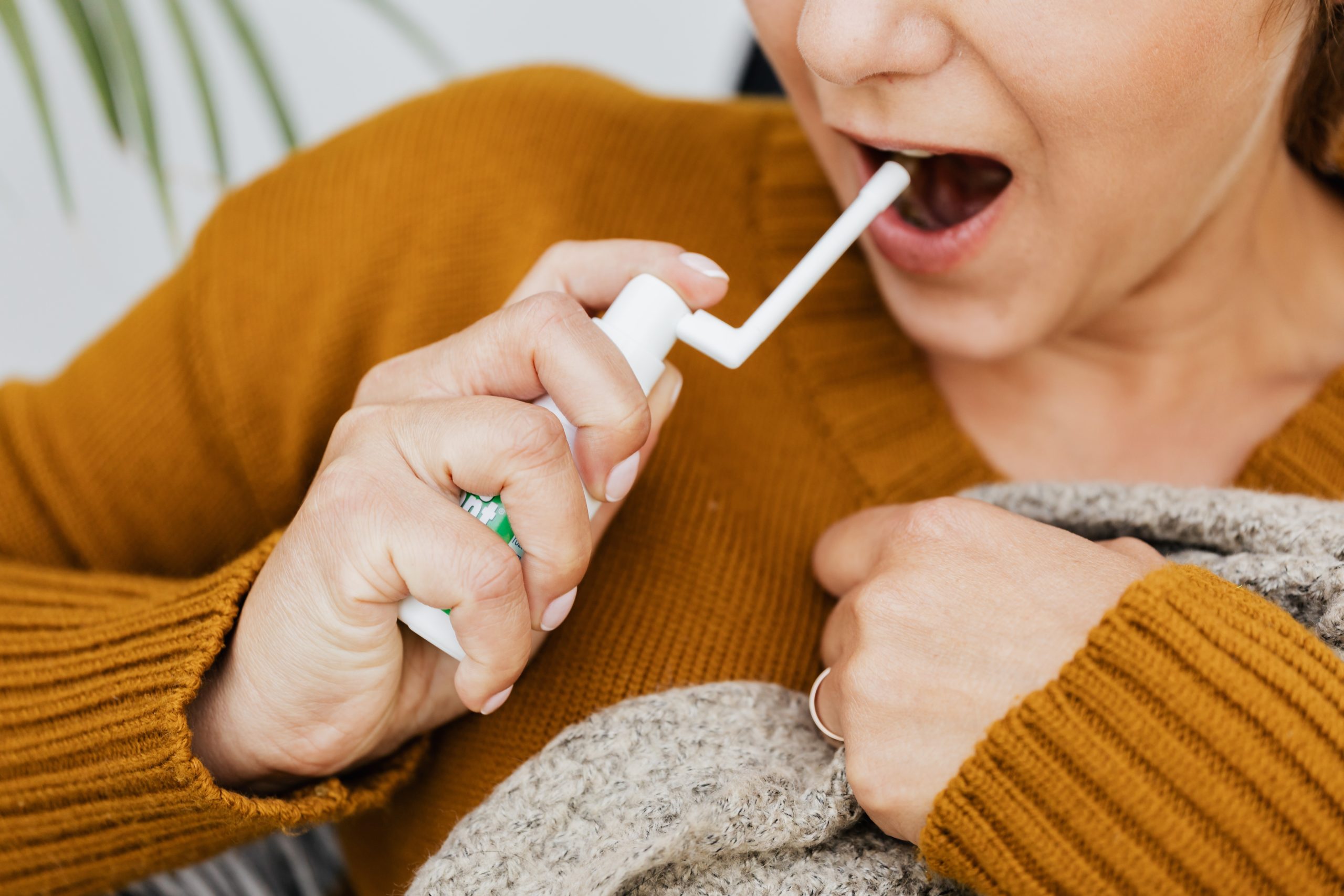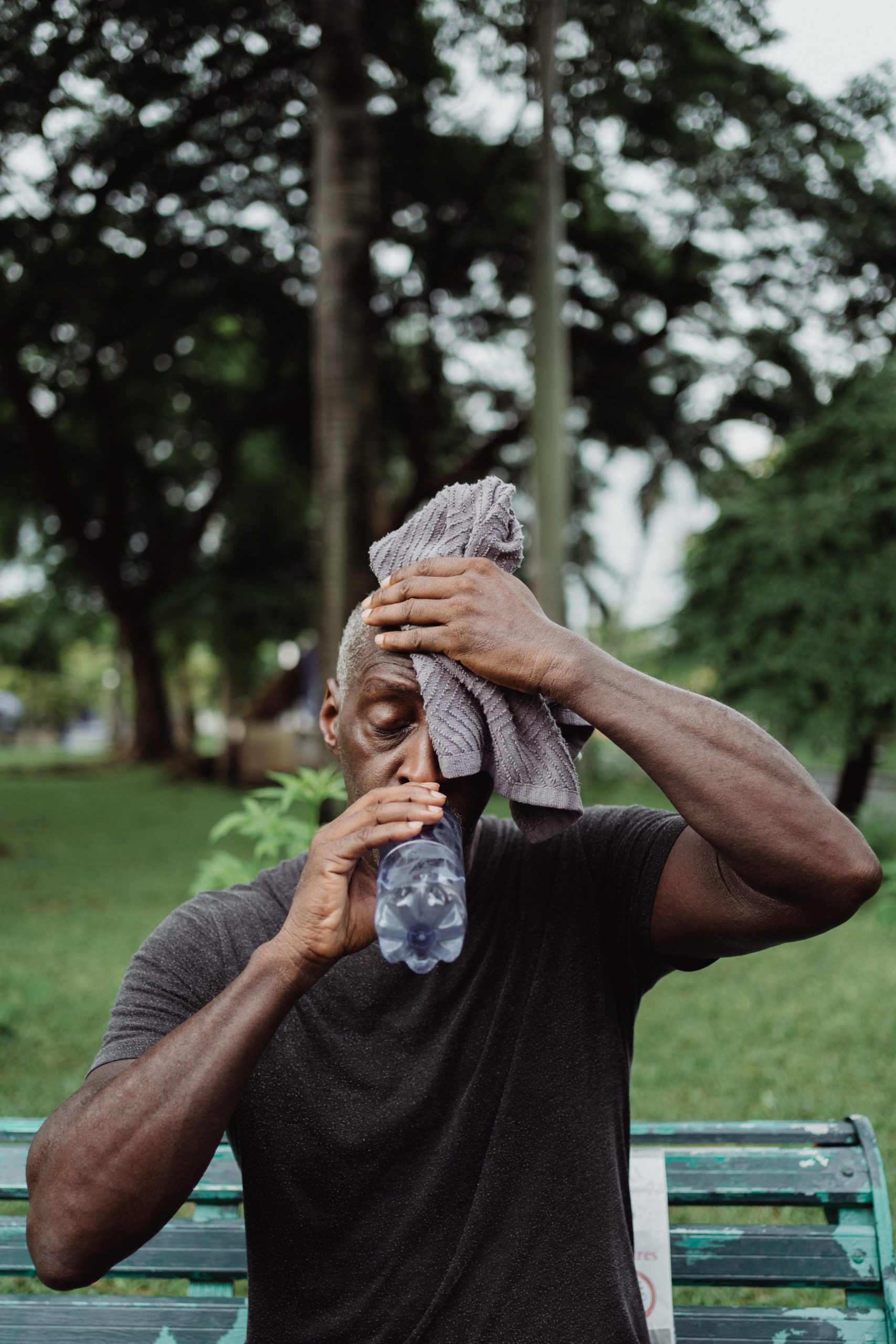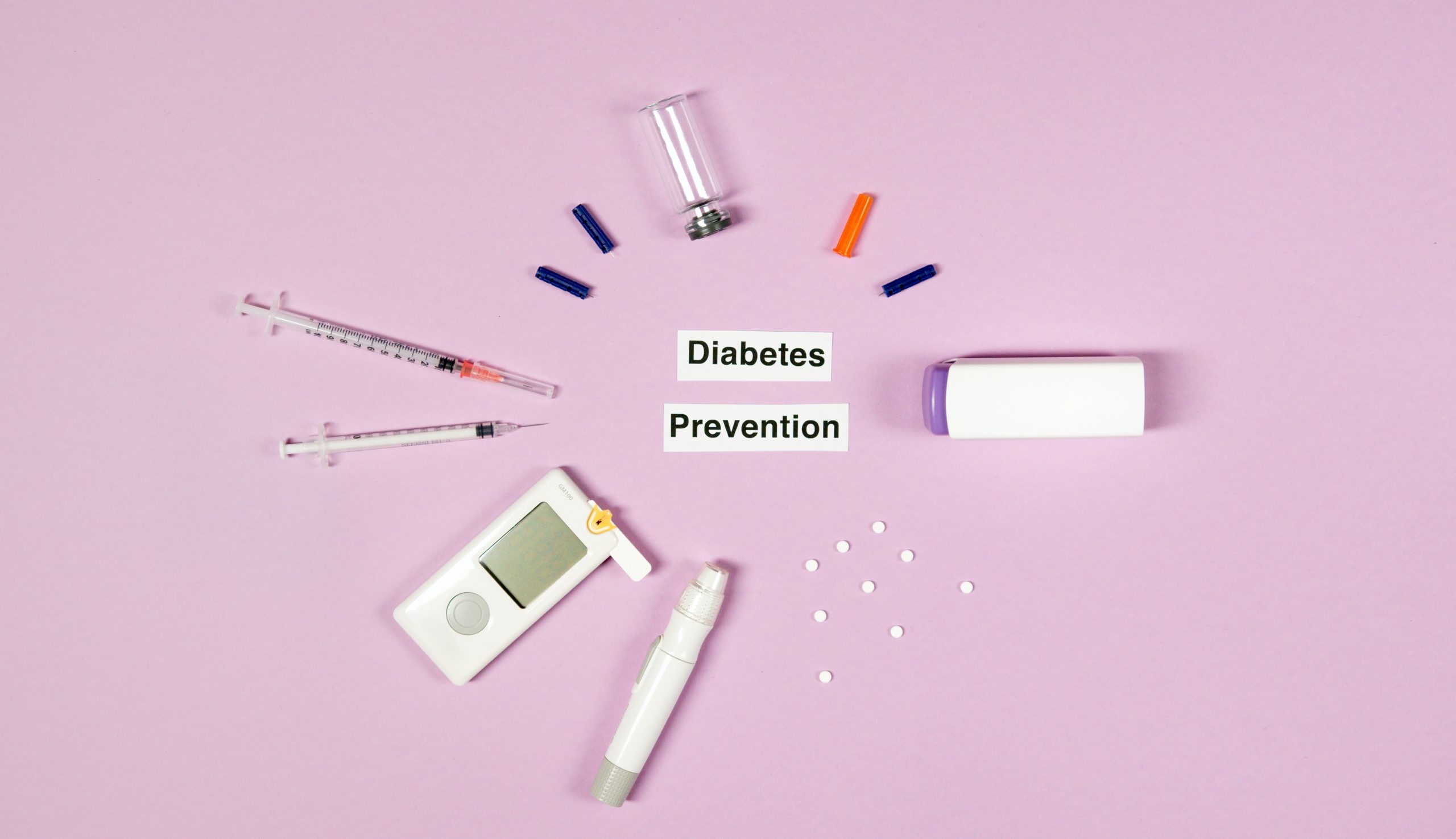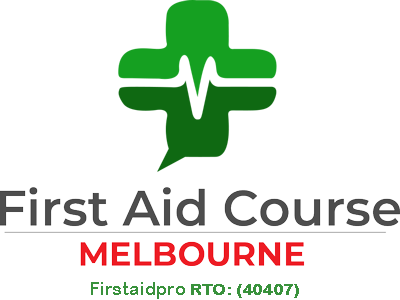With soft tissue injuries, the body will send a large volume of blood to the injury site. This may result in swelling, bleeding, and pain. If first aid treatment is not administered early on, bulky pain scar tissue may develop.
Soft Injuries Definition
A soft tissue injury refers to any damage to the muscles, ligaments, or tendons that may result in a sprain, strain, muscle tear, or pull. The injuries are considered ‘soft,’ and its most common in close-contact sports and recreational activities. Soft tissue injuries can also result from road traffic accidents and common injuries such as falls and slips.
These types of injury may cause inflammation of the muscles, internal or external bleeding, bruising, or swelling. The healing process will only begin once the damaged tissue is replaced by collagen or scar tissue. In many cases, it will take time for the tissue to heal or to repair. You may need to take time some time off before you resume your normal physical activities or sports.
Sign and Symptoms of Soft Tissue Injuries
Damage to the soft tissues may result in the following symptoms:
- Sudden pain in the joint
- Loss of power and the ability to bear weight
- Swelling near the affected joint
- Tenderness and discoloration
- Headaches
- Neck, back, or leg pain
- Sore muscles or spasms in the back
- Deep muscle pain
- Tingling or numbness in the extremities
- Dizziness or nausea
Follow the RICE method for immediate first aid if you are experiencing any of these symptoms. For minor to moderate injuries, follow your doctor’s advice. While severe and acute traumatic soft injuries may require a trip to the nearest emergency room.
First Aid Treatment for Soft Tissue Injuries
Following a soft tissue injury, the application of correct first aid treatment can help prevent further complications. First aid also leads to faster healing and an earlier return to activity.
Start with the RICE method.
- Rest: If the injury is severe and you are unable to continue with what you are doing, it is important to take the time to rest. Doing so will protect the injury and will promote effective healing.
- Ice: Applying cold to the injury can provide short-term pain relief and help reduce swelling. Use a cold pack, ice pack, or a cold compression wrap that can adjust the form to the body is the most effective. Icing or putting ice cold is also effective for post-exercise soreness when returning to your routine after an injury.
- Compression: Along with ice, light compression on the injury can help lessen the swelling and promote help. Gentle application of ACE wrap is an effective way to provide compression.
- Elevation: This is one of the most effective ways to treat a soft tissue injury. If possible, elevate the injured area above the heart level and rest it in the same position for at least 15 to 20 minutes.
Most injuries will begin to heal within a few days following the incident. You can expect full recovery from most soft tissue injuries in a span of one to six weeks. The length of recovery time may depend on your age, general health, and the severity of the injury.
If you are experiencing pain that lasts more than two days or is starting to hinder your return activity, seek health from your health care provider. You may need to undergo further assessment to determine the severity of your injury. A scan may be required by your doctor before deciding on a treatment. Upon diagnosing, you can now work with your doctor to prepare an injury management plan to assist you with recovery and rehabilitation.
Get Trained.
We all respond to emergencies in different ways. While others are trained to respond to these emergencies, some are afraid to do the wrong thing and make situation worse.
If you are unsure of your skills in providing care, we recommend taking a First Aid Course. Learn everything you need to know including CPR, AED use, and First Aid.
The worst thing to do in an emergency is to do nothing. First Aid Courses Melbourne is here to help. Get in touch with our team and enrol in one of the courses near you.
